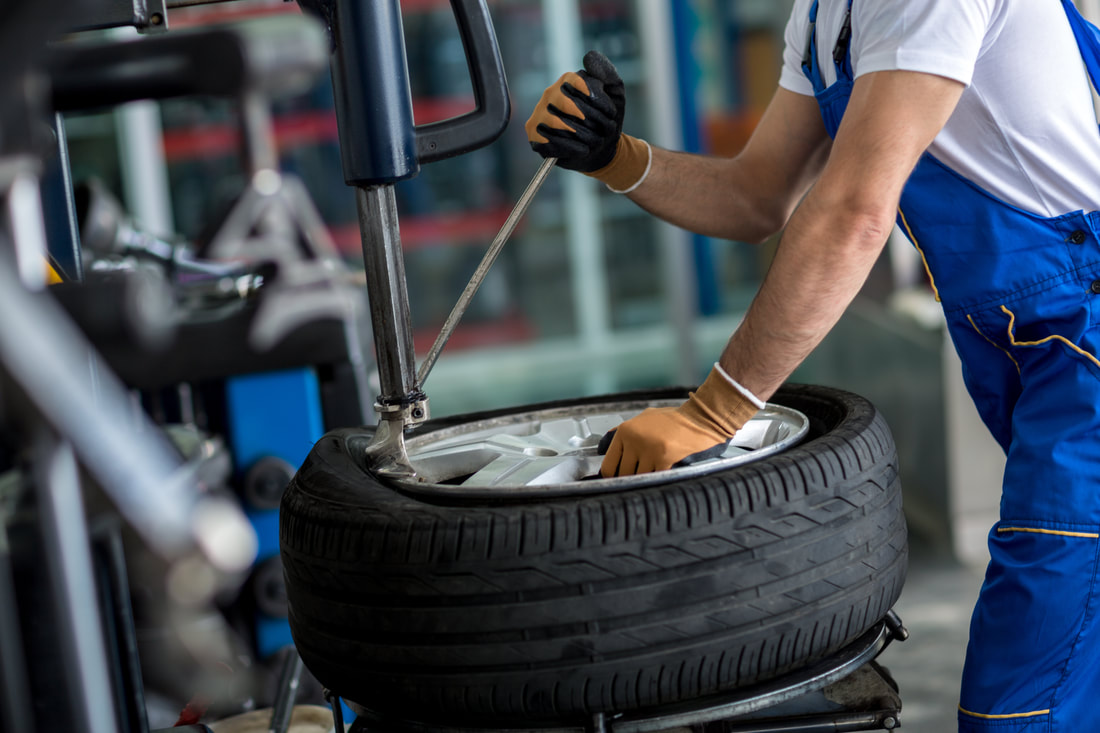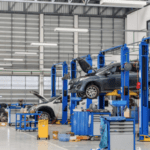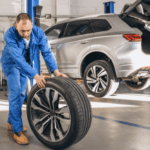
When they need car repairs in Perth, many drivers are looking to solve some type of mechanical or electrical issue. One of the most neglected areas of any car is the tyres, and they are vitally important to maintain adequate levels of grip and to keep us safe. Our tyres are the only point of contact with the road, and if we take care of them, they will take care of us. Let’s take a look at some tyre issues that you can have examined/fixed with your regular scheduled service.
1. A General Tyre Overview
The Australian Road Rules clearly state that the minimum legal tread depth is 1.5mm across the entire surface of the tyre. Recognising the tread depth is easy thanks to those rubber tread wear indicator bars that are set into the tyre surface. We need an adequate amount of tread to move water away from the tyre during wet weather. If a tyre is not inflated to the correct pressure as shown on your tyre pressure placard and in your owner’s manual, it will be less safe to drive on, and it may even increase your fuel use.
2. Tread Depth Explained
If you visit a mechanic in Perth and they get your car up on a ramp they may notice that your tread depth isn’t sufficient. This can happen evenly across the entire tyre in the case of general wear and tear. In other instances, the tread wear could be isolated to certain parts of the tyre, and there can be a number of reasons for this. If the car wheels are out of alignment, the tyres will wear unevenly, and the grip can be compromised significantly. If the tyres are under or over inflated this will also cause the tyres to wear just at the edges or only in the centre of the tyre.
The best way to check your tyre tread depth is to look at the tread wear indicators. A new Australian tyre will have 8mm of tread, and the small rubber bars that you can clearly see are the tread wear indicators. If the tread ever wears down to these rubber bars, it’s a sign that you need to change your tyres.
Even if you tyres seem to be in great shape, it’s a good idea to schedule a wheel alignment every 20,000 km or 12 months (whichever comes first). A good quality tyre could last for as long as 100,000 km if it’s well looked after.
3. Tyre Sidewall Damage
If you inspect your tyres when checking the pressures, you should pay close attention to the sidewalls. Any missing chunks, bulging areas, and cuts could make the tyre unsafe. This sort of damage typically occurs if you tyre makes contact with a pothole or perhaps a kerb or gutter when parking. A bulge in your tyre wall means that the inner structure has come away and the air is escaping into the outer part of the tyre.




